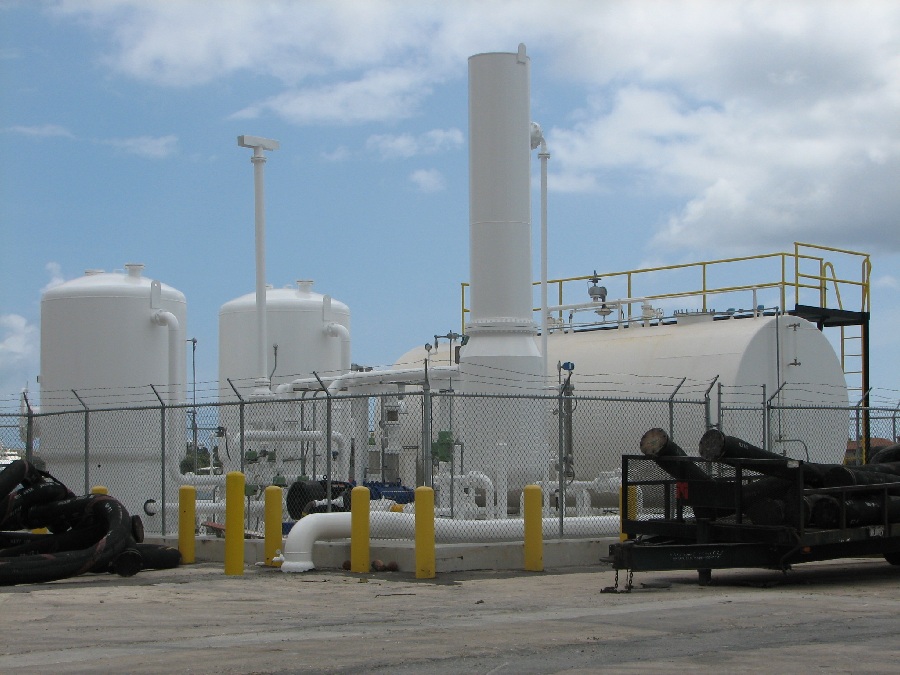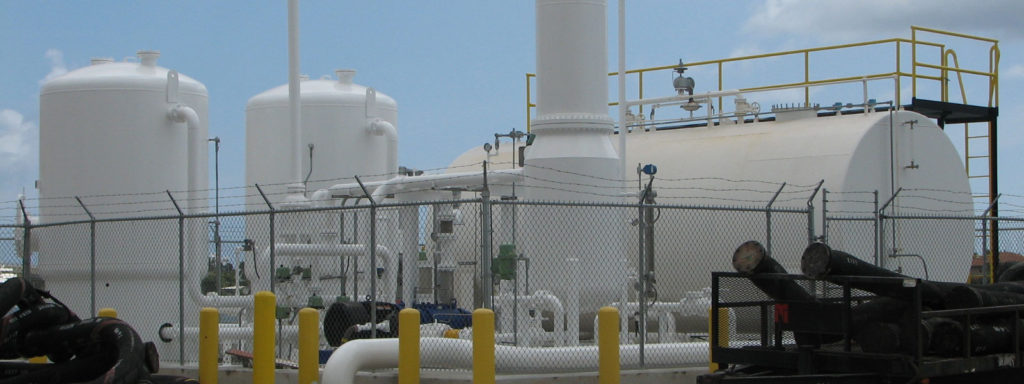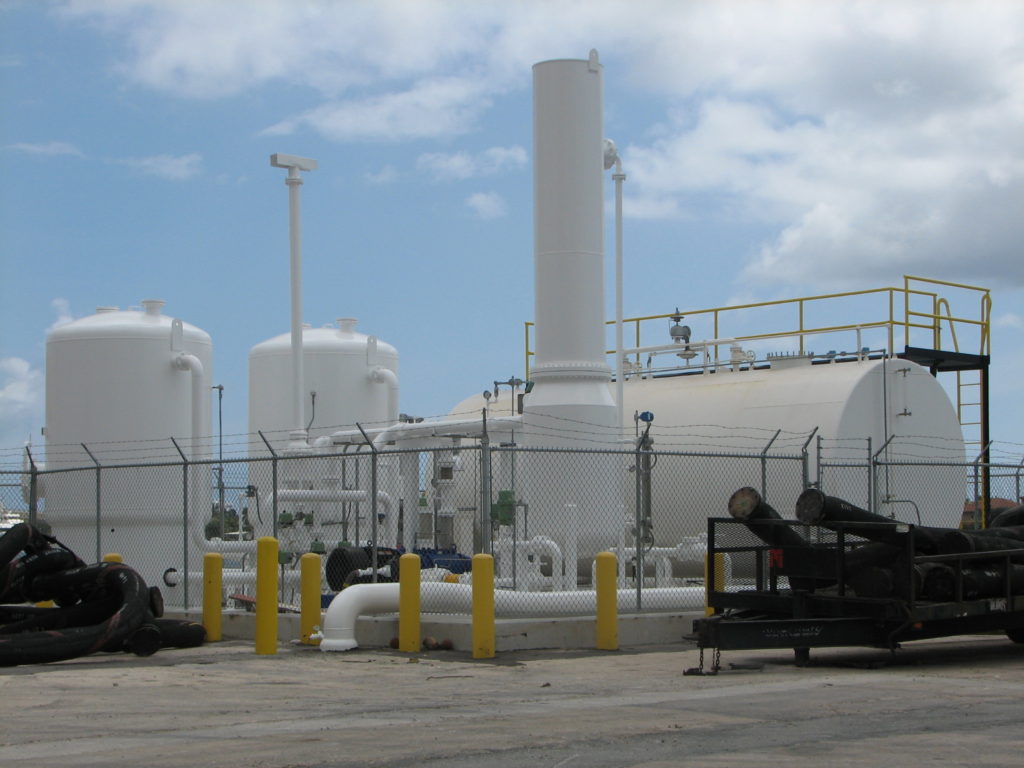Background on Environmental Engineering for Air Emissions

In three previous papers we dealt with an overview of environmental engineering, industrial wastewater permits, and industrial wastewater environmental engineering. In this paper, we will discuss environmental engineering required to address air emissions to the outside environment.
To explain further, these emissions to the outside environment result from manufacturing and industrial operations. And, these emissions fall into two categories of emissions. Firstly, emissions can come from one point source such as a smoke stack. Secondly, emissions can come from a non-point source. Thuse, these are fugitive emissions. In further explanation, these fugitive emissions result from processes typically inside a building or in an outside designated area.
Environmental Engineering and the Air Engineer
Environmental engineering and the Air Engineer are critical to the process. Firstly, the engineer determines the best reasonably achievable control technology to minimize the emissions to the environment outside of the facility. The engineer does this by designing, testing, and adjusting the controls. This is the engineering component. Secondly, the engineer is the other component. In Florida, a Florida licensed Professional Engineer (P.E.) signs and seals applications for Title V Air permits and Federally Enforceable State Operating Permits (FESOPs). A P.E. in Florida limits his or her services to areas that he or she has the required education, training, and experience. This Air Engineer knows emissions and has the experience to provide consulting services in the air emissions area.
Identify the Pollutants in the Air Emissions
To engineer the air emissions controls, the engineer has to know the process generating the emissions. Firstly, the environmental engineer must review the raw materials, the industrial or manufacturing process, the resultant air emissions, and the control options. Following are a few pollutants which may be of concern:
- Particulate Matter (physical particles or dust)
- Nitrogen Oxides
- Sulfur Dioxide
- Carbon Monoxide
- Volatile Organic Compounds (VOCs)
- Ozone
- Lead
All of these except VOCs are criteria air pollutants established by the U.S. Environmental Protection Agency (EPA). Each type of pollutant may require a different environmental engineering design to remove or reduce it before being emitted to the outside environment.
Cleanup is the Goal of Air Emissions Permits
The goal is to clean up the air so the pollutants are eliminated or below State standards prior to emission. These standards are thresholds for public health concerns. If the pollutants are below these criteria, there is not a public health concern, but there still may be a concern for unborn babies (pregnant women), children, the elderly, and individuals with certain lung conditions, such as emphysema, asthma, chronic obstructive pulmonary disease (COPD), etcetera.
Design the Air Emissions Control
The control design is selected to address the pollutants. Following are a few examples:
- Alternative raw materials
- Industrial process modifications
- Filters (cloth, baghouses)
- Cyclones (gravitational)
- Air scrubbers
- Precipitators (electrostatic)
- Equipment maintenance and cleaning
Role of Engineer for Air Emissions Permits
What is the role of the Air Engineer? Firstly,the engineer reviews the industrial process, including materials and chemicals, generating the air emissions. After that, the engineer evaluates several control design options. So, the engineer runs calculations to determine the best most cost-effective control. After that, the engineer prepares and submits the air permit application to FDEP and, if required, the County. Then, the engineer provides additional information requested by the FDEP and County. Once the regulatory agencies are satisfied, the engineer reviews the permit to make sure that it meets good engineering practice and is manageable for the client. And, if requested, the engineer monitors the treatment process in light of the permit conditions.
Conclusion
So there is a discussion of air emissions environmental engineering and what the environmental engineer’s role is! For further assistance, Environmental Safety Consultants (www.escflorida.com) is here. ESC is a Florida licensed environmental engineering company with a P.E. on staff. We have the credentials and experience to help you with your air emissions permit needs. We service Bradenton, Sarasota, St. Petersburg, Clearwater, Tampa, and Fort Meyers. That includes Manatee, Pinellas, Hillsborough, Lee and other counties from Pensacola (Escambia County) to Key West (Monroe County). So, Contact ESC and get a reply promptly!




